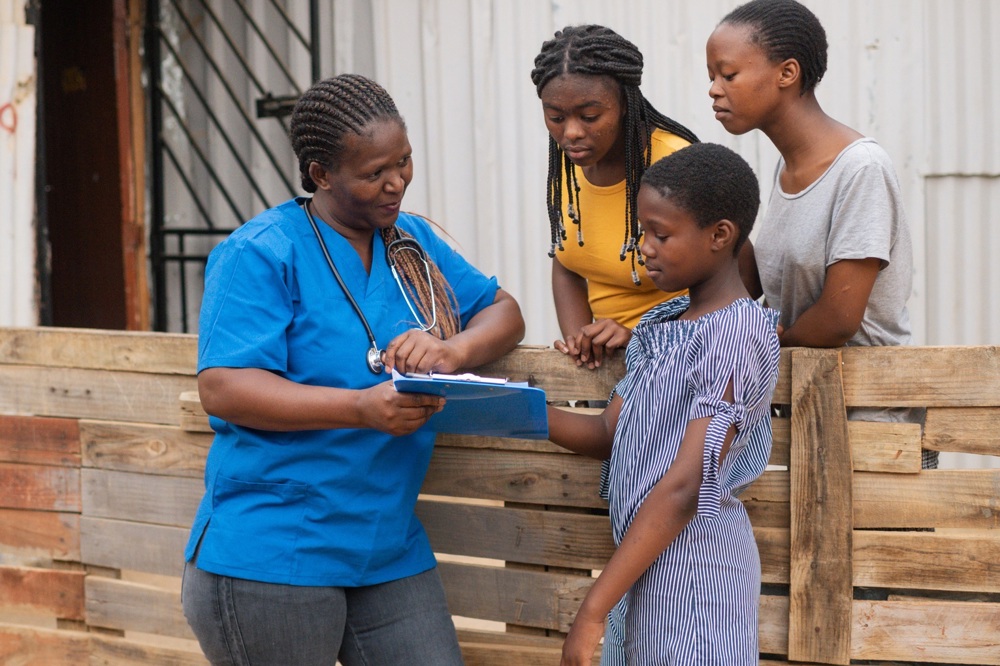In this section
Female genital mutilation or cutting (FGM/C) is a human rights violation, a form of child abuse and a severe form of violence against women and girls.
FGM/C is the term used to refer to all procedures that involve partial or total removal or injury of the female external genitalia for non-medical reasons. The practice violates women and young girls’ basic human rights, and renders them at risk of short- and long-term physical, psychological and sexual complications.
FGM/C is inflicted for the most part on young girls sometime between infancy and adolescence. According to the United Nations, more than 200 million girls and women alive today have gone through some form of FGM/C, and a further 68 million are at risk of being cut by 2030.
The medicalisation of FGM/C is a significant problem. As most people perceive healthcare workers to be people who do no harm – with knowledge of what is healthy and what isn’t – their involvement shields people from the consequences of FGM/C and provides a false legitimacy to the practice. Even the most skilled and knowledgeable physician cannot prevent FGM/C from having severe short- and long-term complications.
The RCOG has an important role to play in advocating to healthcare professionals on the harmful impacts of FGM/C. We are also well placed to work together with healthcare professionals to help them eliminate this harmful practice globally.
Resources:
Female Genital Mutilation and its Management (Green-top Guideline No. 53)

